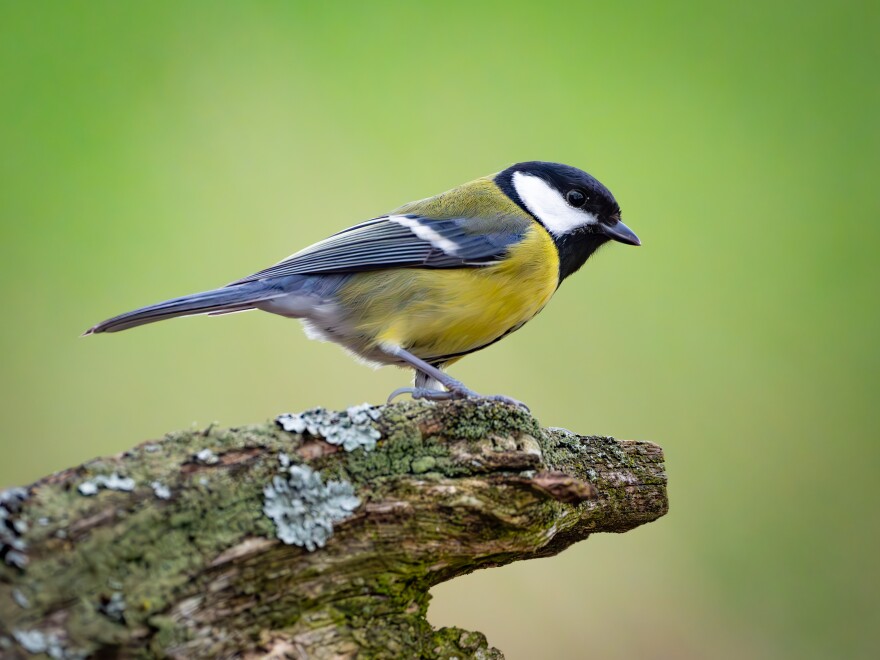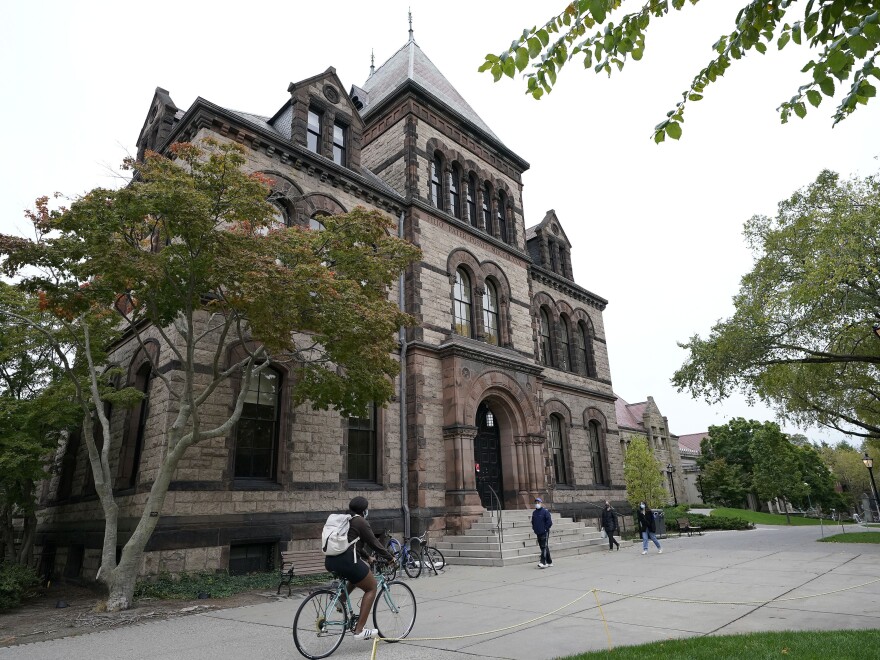While many individuals find divorce to be a normal and terrible occurrence, new research indicates that a European songbird has its own form of splittingsville.
At the end of their breeding season, some bird couples seem to give up, according to the new study. While some couples stay together over the winter so they can re-establish their relationship in the spring, the divorcees seem to part ways.
Even though the results would not come as a surprise to anyone who has experienced a breakup, they do demonstrate that socialization is important for people other than humans.
“I think more and more we are really understanding the extent to which social behavior influences animals’ lives,” says Adelaide Abraham, the study’s first author and a PhD candidate at the University of Oxford. “It’s hugely, hugely important.”
Bird Breaks
Abraham researched the Great Tit, a kind of bird that is widespread in Europe.
“They’re a sort of small songbird, they’re a bit yellow, they’ve got a nice handsome black stripe on the front,” Abraham explains.
The young birds mate and give birth in the spring. Both parents assist in feeding the chicks caterpillars and other insects when they hatch, and the male feeds his female partner while she incubates the eggs.
The couple’s responsibilities end in the summer when the babies take off. What then occurs, though? Abraham and her colleagues tracked individual birds in the forests near Oxford using tiny radio tags to find out. When the birds visited feeders that the researchers had placed throughout the woods, the tags would ping.
They found that many pairings were still hanging together at bird feeders as summer gave way to October. Others, however, didn’t. It appeared that some couples began to drift apart. In a study that was published today in the journal Proceedings of the Royal Society B, the researchers referred to the pairs as “divorcing.”
“Those divorcing birds, they, from the start, are already not associating as much [at the feeders] as the faithful birds,” explains Abraham. “That only increases as the winter goes on.”
Abraham claims that most people can relate. “Yeah we’ve gotten that a lot, people are like, ‘Oh we really could have predicted that.'”
It is not a guarantee, however, that the birds will act in this manner, according to scientists.
According to Sarah Khalil, a postdoctoral fellow at the Cornell Lab of Ornithology, “the other way this study could have gone is that there’s no association with who they’re hanging out with during the non-breeding season.”
Until it’s time to couple off in the spring, the entire flock may just hang out at random. Another possibility is that ex-partners might stay in touch during the winter and then swiftly look for a partner as the weather warmed up.
Rather, it appears that people are moving on from their ex-partners early and forming new connections throughout the winter.
Abraham would like to clarify that these birds aren’t actually divorcing. They aren’t showing up in little courtrooms perched high in the trees or serving each other with documents.
She asserts, however, that the piece demonstrates the reality of bird drama: “There is actually a lot more going on in those flocks of birds out your window than you think there is.”
Copyright 2025 NPR






